A GENERAL OF QUADRUPEDS
THE FIGURES ENGRAVED ON WOOD BY THOMAS BEWICK
WITH A NEW FOREWORD BY YANN MARTEL
THE UNIVERSITY OF CHICAGO PRESS
Chicago & London
PUBLISHERS NOTE:
With the exception of a new title page and a new foreword on , this volume is a facsimile edition of volume 3 of the 1885 Memorial Edition of the works of Thomas Bewick. It was selected, from many editions of Bewicks Quadrupeds, because it includes the most complete and most carefully reproduced collection of wood engravings.
We would like to acknowledge the help of the University of Chicago Libraries, Department of Special Collections, in researching this edition. They have a remarkable collection of works by Thomas Bewick. We are grateful, too, to Mr. David Gray of the Bewick Society, both for his advice on which edition to reproduce and for the use of his rare copy of the book.
The University of Chicago Press, Chicago, 60637
The University of Chicago Press, London
Foreword 2009 by Yann Martel
All rights reserved.
University of Chicago Press edition 2009
Printed in the United States of America
18 17 16 15 14 13 12 11 10 09 1 2 3 4 5
ISBN-13: 978-0-226-04481-1 (cloth)
ISBN-13: 978-0-226-04480-4 (paper)
ISBN-13: 978-0-226-04485-9 (e-book)
ISBN-10: 0-226-04481-5 (cloth)
ISBN-10: 0-226-04480-7 (paper)
Library of Congress Cataloging-in-Publication Data
Bewick, Thomas, 17531828.
A general history of quadrupeds : with figures engraved on wood / Thomas Bewick; with a new foreword by Yann Martel.
p. cm.
Facsimile edition of volume 3 of the 1885 Memorial Edition of the works of Thomas BewickT.p. verso.
ISBN-13: 978-0-226-04481-1 (cloth : alk. paper)
ISBN-13: 978-0-226-04480-4 (pbk. : alk. paper)
ISBN-10: 0-226-04481-5 (cloth : alk. paper)
ISBN-10: 0-226-04480-7 (pbk. : alk. paper)
1. MammalsEarly works to 1800. 2. MammalsPictorial works. I. Martel, Yann. II. Title.
QL706.B55 2009
599DC22
2008056049
 The paper used in this publication meets the minimum requirements of the American National Standard for Information SciencesPermanence of Paper for Printed Library Materials, ANSI Z39.48-1992.
The paper used in this publication meets the minimum requirements of the American National Standard for Information SciencesPermanence of Paper for Printed Library Materials, ANSI Z39.48-1992.
Foreword
BY YANN MARTEL
A zoo is an embassy and within each enclosure lives an animal representing its species. If we did not have these varied animal ambassadors, what would we have? Its simple: we would have no relations with the natural world. We would live in our concrete jungles, oblivious of all other creatures, with the exception of those two reliable, permanently infantilized, tame animals, the cat and the dog, and a handful of other wildish species such as the pigeon and the squirrel. Otherwise, we would livewe do livein a self-obsessed bubble paying attention to only one species, our own. The danger in this phylogenetic narcissism, besides existential dullness, is that if we have no regard for other species, then we will likely treat them with disregard. Since we humans have a unique capacity for destruction, disregard often leads to destruction. And in this sad syllogism, destruction of other species will come round to destroy us, for we live on a shipit might be called an arkwhose cargo has been carefully balanced, and such unholy throwing overboard of precious cargo will throw the ship off balance and make it capsize and sink.
Thus the importance of maintaining relations with animals, to keep the ship aright and afloat. Nature shows on TV are a good start. They make us feel powerfully the marvel and fragility of nature. But if animals exist only as represented on television, then one can love them only as much as one can love any television series. Worse: being on television confers to animals, thanks to reruns, an immortality that is delusional.
No, no, no: it is in the flesh, there before you, staring at you quietly and guardedly, that an animal begins to connect with you and you with it. That is the reason citizens should rise up to the defense of good zoos, or work to improve the others: so that we might see and feel beyond our own species.
If zoos are embassies and their residents ambassadors, if there are nations of animals and a nation of humans, then one of the animal worlds pioneering diplomats was one Thomas Bewick (pronounced Buick, as in the car) of England. He was born in 1753 and died in 1828, and he lived most of his life in Newcastle upon Tyne. He was by trade an engraver, not a scientist, but he had a deep affection and a sharp eye for the natural world. In that, he was in tune with his age. The eighteenth and nineteenth centuries saw an explosion of interest in the animal world, the result of a great number of European explorers discovering that the world was a bigger, wilder, and more varied place than Christian Europe had imagined. This interest culminated, of course, in the shattering theories of Charles Darwin. Suddenly, the gulf between humans and animals, between Us and Them, became vertiginously narrow. But Im jumping ahead here. The Origin of Species, which made Darwin the Talleyrand of animal diplomacy, came later, in 1859 to be exact.
Bewick appeared earlier, and his mission was more humble. He sought to illustrate and show, not to explain. His A General History of Quadrupeds was first published in 1790. In it he set out to describe the appearance and behavior of all four-legged animals then known to humankind. He started with an animal that he and his compatriots knew well: the horse. Then he moved outward to describe quadrupeds utterly alien to him whose existence had nonetheless been attested to by reliable others, and whose duty he took it upon himself to portray as faithfully as he could, basing himself on all the material evidence he could find.
The resulting book was wildly successful in its time. It was reprinted and expanded several times, and it made Bewick a famous man. There is a Bewick Street in Newcastle, an active Bewick Society in the virtual world, and there are two birds named after him, Bewicks wren and Bewicks swan.
A General History of Quadrupeds deserves yet another printing now for two reasons. The first and most obvious is the quality of the woodcut engravings. Until Bewicks time, if an animal had been portrayed in an illustration or painting, it was the result of coincidence rather than genuine interest. For example, a realistic horse appearing under an important nobleman in a Renaissance painting. Or from the same period, an accurately portrayed dove radiating strobes of divine light before transfixed believers. The animals are not there for their own sake, but are rather playing supporting roles. With Thomas Bewick we have, from the hands of a master engraver, an attempt to portray an animal with rigorous biological accuracy. Thats nothing so ground shaking when speaking of a sheep or a cow, with whom every person in England would have been familiar, but, yes, quite ground shaking when speaking of the camelopard, as the giraffe was then called, or the tapir or the anteater. Could such strange creatures truly exist? astonished readers surely asked. Yes, Bewicks book authoritatively asserted, yes, they do. Behold.
The engravingsover two hundred of themare lively, precise, detailed, unsentimental, and luminous. Each animal is set in a parcel of natural environment. Also to be enjoyed are a good number of vignettes, smaller illustrations scattered throughout the text, many of them amusing, some of them baffling. I especially like the one of the monkey standing in front of a mirror, a razor in one hand. They seem to be there to reassure readers that animals could still be comforting figments of their imagination, if the upsetting newness of all the real animals got to be too much.


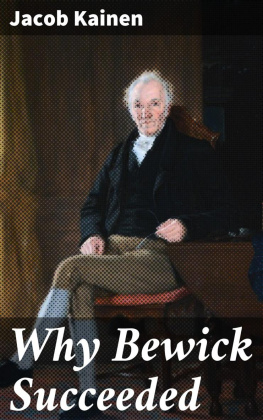
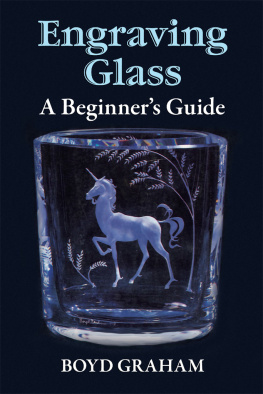
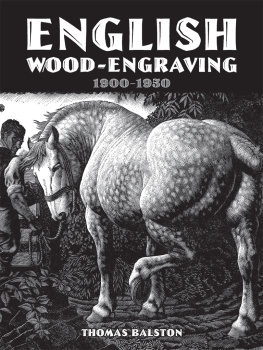




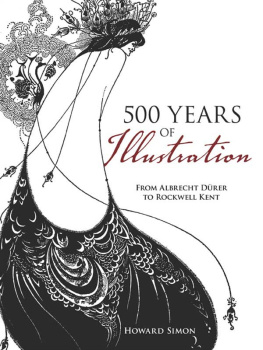

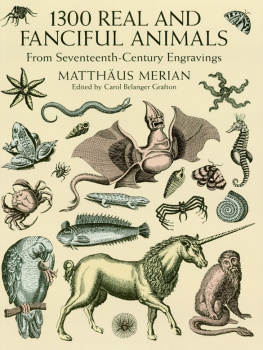

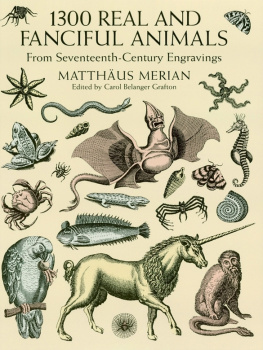

 The paper used in this publication meets the minimum requirements of the American National Standard for Information SciencesPermanence of Paper for Printed Library Materials, ANSI Z39.48-1992.
The paper used in this publication meets the minimum requirements of the American National Standard for Information SciencesPermanence of Paper for Printed Library Materials, ANSI Z39.48-1992.